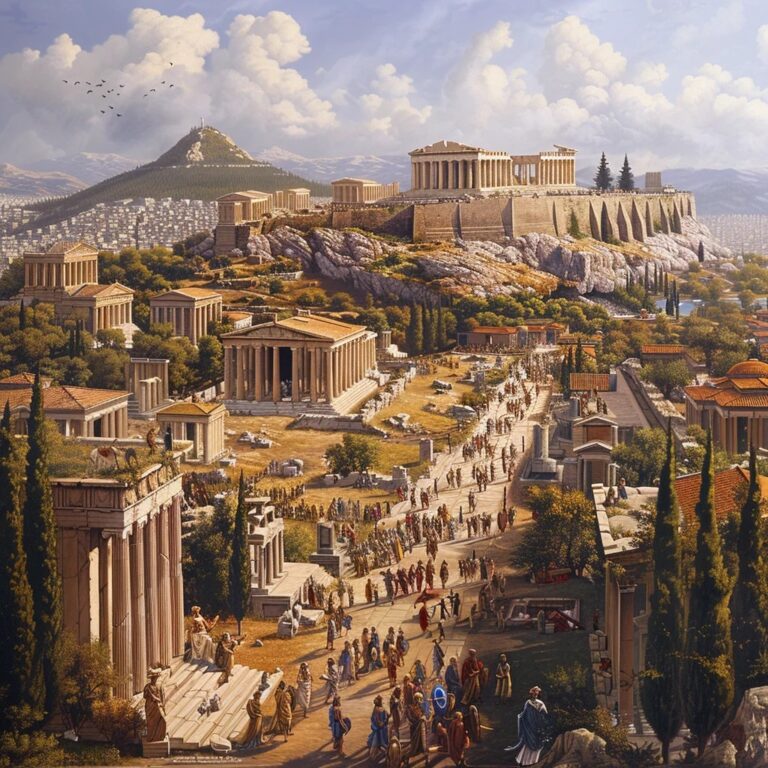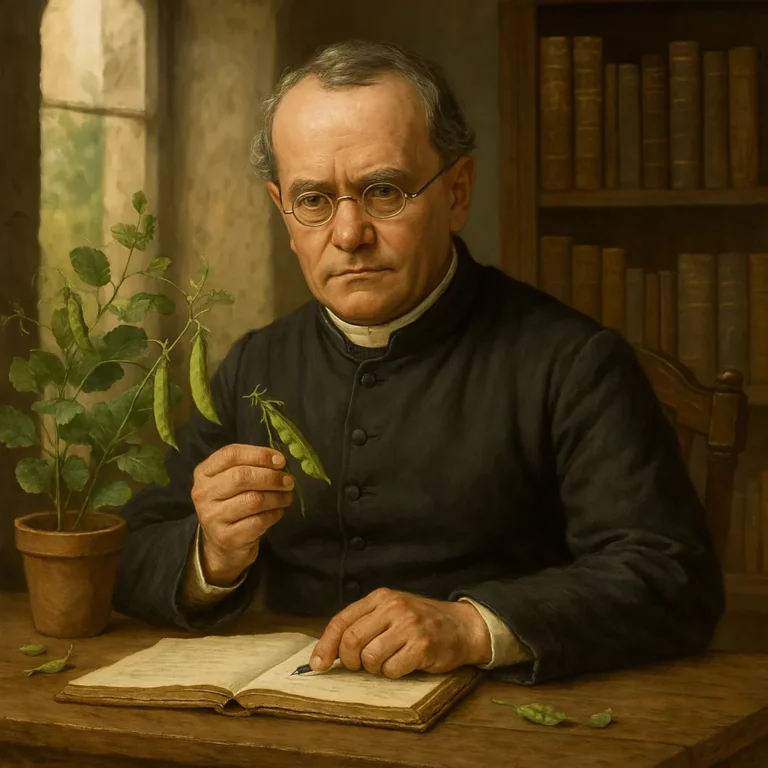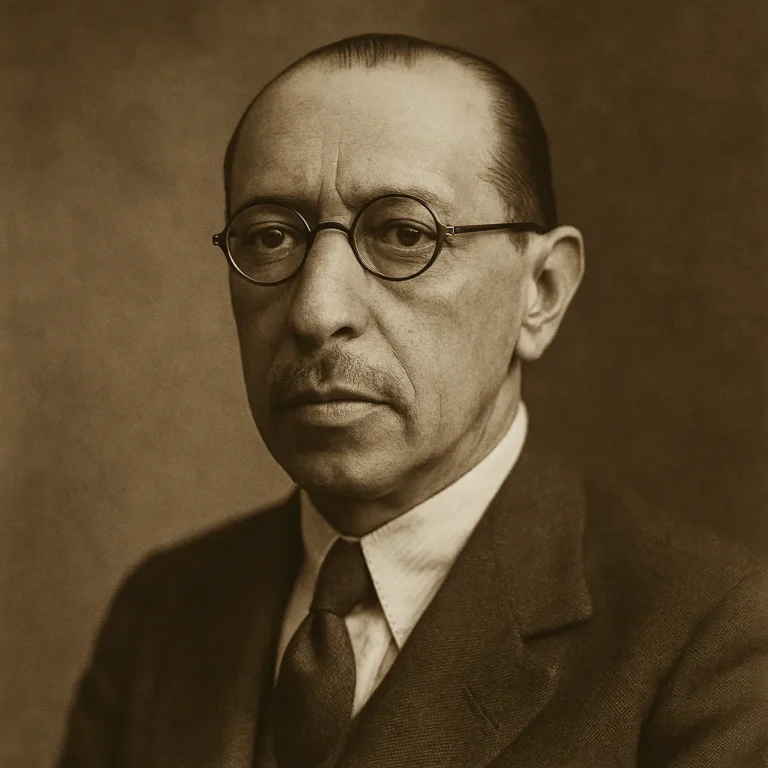he Ancient Greeks, particularly in Athens, invented democracy in the 5th century BCE as a response to social unrest and the concentration of power among aristocrats.
The Olympic Games started in ancient Greece in 776 BCE in Olympia, a sanctuary dedicated to Zeus. They were originally a religious festival held every four years to honor Zeu
Greek mythology is filled with gods, goddesses, heroes, and monsters.
Socrates, Plato, and Aristotle were prominent Greek philosophers.
The Parthenon is a temple on the Athenian Acropolis dedicated to Athena.
Homer’s epic poems, the Iliad and the Odyssey, are cornerstones of Greek literature.
The ancient Greeks made significant advances in mathematics and geometry.
Greek theater, including tragedy and comedy, began in ancient Greece.
Alexander the Great created one of the largest empires in history.
The Greeks practiced polytheism and had numerous gods like Zeus, Hera, and Poseidon.
The concept of the atom was first proposed by Greek philosopher Democritus.
Greek architecture is known for its columns, including Doric, Ionic, and Corinthian styles.
The Greek language has influenced many modern languages, including English.
The ancient Greeks studied the stars and laid the groundwork for modern astronomy.
The Hippocratic Oath, taken by doctors today, originated from the ancient Greek physician Hippocrates.
How useful was this post?
Click on a star to rate it!



